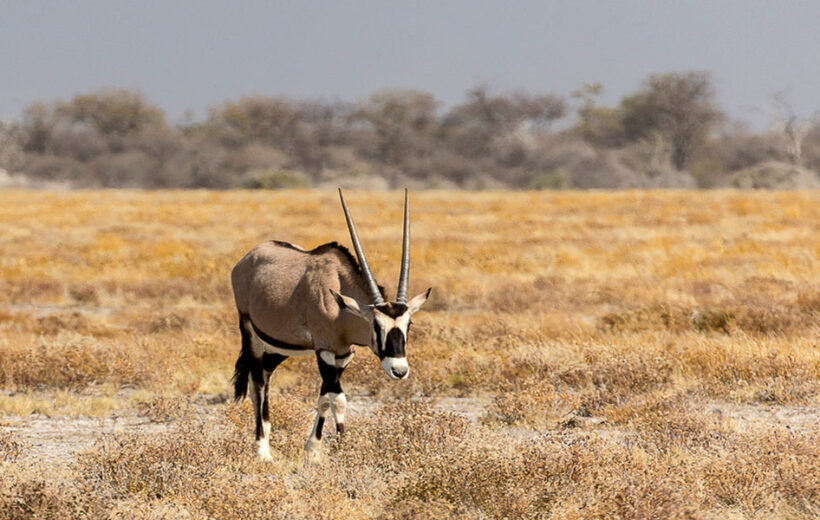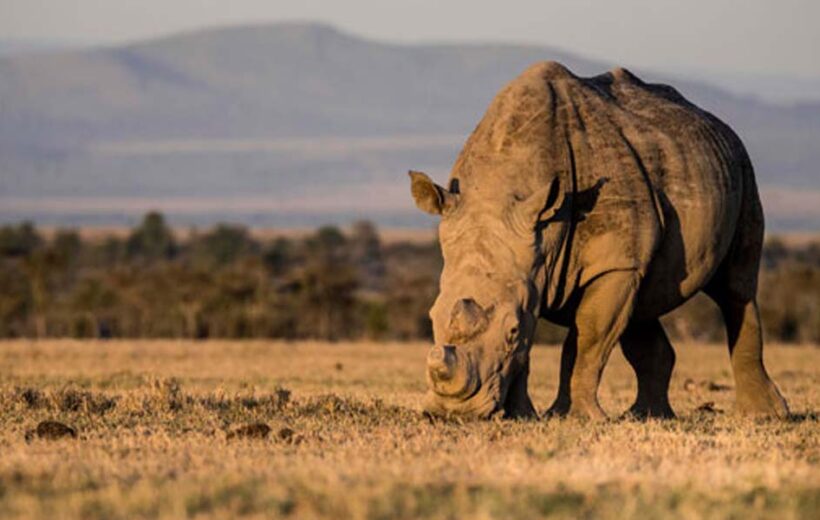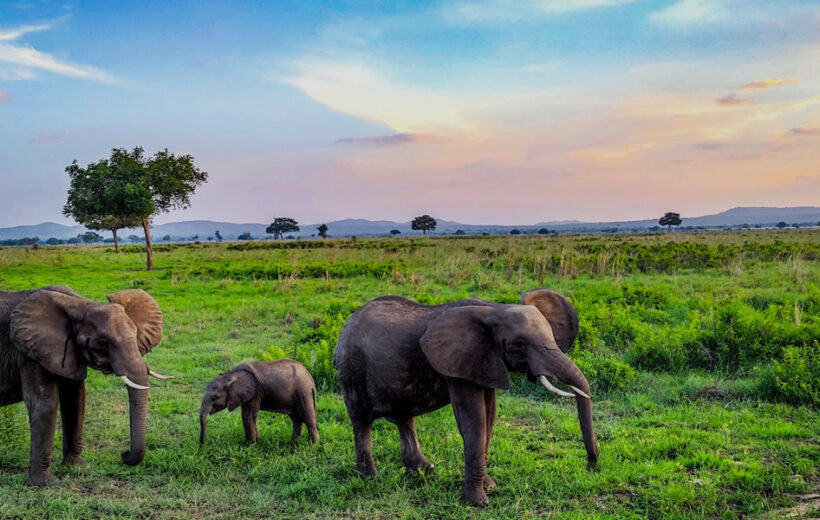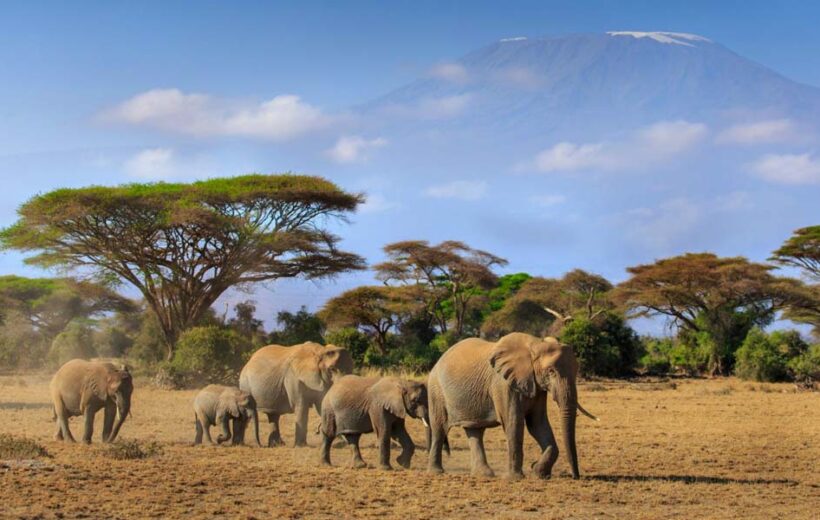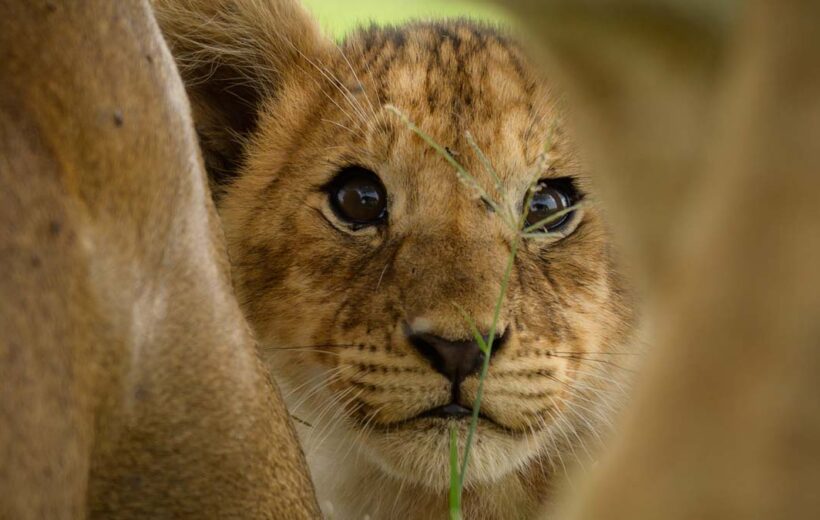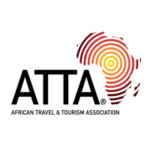


Amboseli National Park
Amboseli National Park is among the most prominent protected areas in Kenya. The park is located in the southern part of the country about a 4-hour drive from Nairobi, Kenya’s Capital city. Amboseli National Park was established in 1974 and covers a land area of 392 square kilometers. It is among the most visited safari destinations in Kenya because of its diverse wildlife.
This incredible Safari destination is located near the Kenya and Tanzania border and its ecosystem is a bit similar to Serengeti and Masai Mara also spreads over the two countries. The name Amboseli was derived from the Masai people who the natives of the area and means salty dust. Amboseli National Park ecosystem comprises dusty arid areas that transcend into swampy vegetation and other small water bodies. It is this ecosystem where you find the various wildlife species that the park has.
Amboseli National Park was declared a World Heritage site by UNESCO in 1991.
Discover Your Getaway!
Start Trip Booking Process
Get InTouch with our travel consultants to start crafting for you a tailor-made African holiday package.
+(256) 785-179-586
Wildlife in Amboseli National Park
Amboseli is popularly known as the land of giants because of its prominent numbers of elephants, the land’s largest mammals. Three of the big five mammals can easily be spotted here and they include elephants, buffaloes, and lions. Leopards are also present in the park but rarely seen.
Giraffes, the land’s tallest mammals are abundant in the Park. Hippos, wildebeests, zebras, and hyenas are among the commonly seen safari animals in Amboseli National Park. The park is also home to over 400 bird species making it one of the best birding safari destinations in Kenya.
Activities in Amboseli National Park
Game Drives
Safari Game drives are the most commonly done activities in Amboseli National Park. The park has Mount Kilimanjaro in the background and it is the best place to see the mountain even though it is located in Tanzania. Impressive scenic views of Mount Kilimanjaro on game drives here make them even more exceptional.
Major safari animals especially elephants are often seen with the Mountain in the background. Kenya safaris featuring these giants only make sense when done in Amboseli National Park. The best times for all game drives are usually mornings and late evenings. During this time the animals are very active and amazing to watch as they go by their routine in the wild.
Guided Nature Walks
Nature walks are other ways of getting up close to the Amboseli ecosystem. Being a wild place though these walks are limited. The observation Hill at Noomotio is among the few places in the park where you can enjoy an on-foot safari within the park. A walk in this great ecosystem is exceptional and makes one truly appreciate the beauty of Kenya.
Birding Discovery Journeys
The bird species in Amboseli National Park attracts a number of avid bird lovers. There are various diverse ecosystems that make birding journeys in the park remarkable. Bird species like the grey-crowned cranes, herons, and pelicans are often spotted in swampy areas. This is because they prefer to live in that kind of ecosystem.
Steel-blue whydahs and hornbills are among the bird species that live in the woodland areas. The open savannas on the other hand also have particular Bird species. That kind of birding diversity and experiences are the ones you enjoy in Amboseli.
Photography Safaris
Photography safaris and Journeys of Discovery are slowly shaping savanna wildlife experiences. The wild gives rare and touching moments that many love to capture on safari. Wildlife photography has even become an important employment opportunity for many and Amboseli National Park is among the best places in Kenya where photographers go for safari.
There is quite a lot to capture in the park. No matter how many times you visit it, you will always get unique and exclusive experiences each time.
Accommodation
Getting there
Amboseli National Park can be accessed by both road and air transport. Road trips in any country are enjoyable as they increase your chances of interacting with people. You also get to view a lot while in transit shaping the memories and overall experiences. There are also other destinations that you can connect to by road transfers.
Even though it is just a 4-hour drive to Amboseli, there are people who prefer to fly. Flying has its own advantages like saving time as you get to the destination early and start your safari adventures. There are scheduled and chartered flights from Nairobi and other top safari destinations to Amboseli. Major domestic flight operators include Safarilink, Mombasa Air Safari, and Air Kenya.
You can enjoy a Kenya flying safari connecting Amboseli to other Kenya Safari destinations like Masai Mara.
Best Time to Visit
Amboseli National Park can be visited at any time of the year. For the best general wildlife viewing and safari photography, we recommend a visit in the dry season. This is usually from June to October. January to March are also relatively dry months where wildlife viewing is also great.
April, May, and November are wet months but still great times to visit the park. Rainfall clears the sky and with this, you get to clearly see Mount Kilimanjaro which is a key attraction. The rains also favor the growth of vegetation and wildlife spotting is equally great. This season is the best for birding as the migratory birds are present in the park.
Some of Kenya Safaris feature Amboseli and we highly recommend it. Journeys of Discovery to this safari destination are our kind for experiential travel.

Masai Mara National Reserve
Masai Mara National Reserve is the most famous safari destination in Kenya. The reserve is situated in southern Kenya stretching along the border with Tanzania. Masai Mara National Reserve together with Tanzania’s Serengeti National Park has a great ecosystem where the wildebeest migration happens every year. The national reserve was named after the Masai people who are the local inhabitants of the area.
The Masai Mara National Reserve covers a land area of 1510 square kilometers and includes the Mara Triangle and a number of conservancies. Some conservancies are privately owned but well managed with a number of wildlife species and have played a great role in wildlife conservation in the area. All these make the reserve a leading Kenya safari destination.
Discover Your Getaway!
Start Trip Booking Process
Get InTouch with our travel consultants to start crafting for you a tailor-made African holiday package.
+(256) 785-179-586
There are 14 conservancies in Masai Mara covering a land area of 142,000 hectares. Some of these include Mara North, Mara Naboisho, Olarro, Motorogi, Mara Siana, and Lamek among others.
Masai Mara National Reserve is covered by savanna grasslands and shrubs and has three main rivers. These include The Sand River, Talek River, and Mara River.
Wildlife In Masai Mara National Reserve
There are a number of wildlife species in Masai Mara National Reserve. These include safari’s favorite big five mammals and are present in large numbers. These are elephants often seen in large herds grazing, buffaloes, rhinos, leopards, and lions. Even though the rhino population greatly declined, Masai Mara is still a great place to see rhinos, especially the black rhinos.
Hippos are also found in Masai Mara and are often seen on the river banks of the Talek and Mara rivers. Other wildlife species in the reserve include giraffes, Nile crocodiles, cheetahs, hyenas, jackals, and wildcats, among others.
The major grazers in the reserve include wildebeest, elands, Thompson gazelles, zebras, and roan antelopes that are involved in wildebeest migration. These often attract the leading predators of the land, especially lions, leopards, and hyenas.
Masai Mara has over 450 bird species including crowned cranes, ostriches, falcons, and hornbills among others. Kenya safari tours to Masai Mara are epic because this wildlife diversity.
Activities in Masai Mara National Reserve
Safari Game drives
Game drives are the main safari activities done in Masai Mara in the Triangle and the different conservancies. The game drives feature the different safari animals, especially the big cats and big five mammals. You can enjoy full-day game drives in the park but the best time to have them is in the early morning hours and late evening. In the morning it is always refreshing to have a start catching up with the early risers and the normal routine of the wildlife.
The wildebeest migration being the major wildlife phenomenon in the reserve, game drives featuring the wildebeest are very adventurous and enjoyable. The best time to catch the migration in Masai Mara is from July to September and the Mara River crossings are the most spectacular.
Balloon Safaris
Hot air balloon safaris are also commonly done in Masai Mara. These greatly supplement the game drives as they enable you to have a panoramic view of the park’s ecosystem and wildlife in general. Balloon safaris are highly recommended during the wildebeest migration season as you get to see the millions of wildebeest, gazelles, and zebras move in hundreds of thousands. They are also ideal for photography for those interested In Photography safaris.
Birding
The reserve having over 450 bird species makes it a birders’ haven. Birding safari adventures in Masai Mara are very rewarding as you get to see the different bird species the reserve has. Best birding experiences in the reserve can be enjoyed from November to May when there are migratory birds from as far as Europe. Much as the months of November, March, and April are wet, you can still enjoy a birding and big five wildlife safari in Masai Mara.
Community visits
Masai Mara National Reserve was named after the local inhabitants of the area, the Masai people. They have lived in the area for years and are the primary guardians of the wildlife. Some were resettled as a way of ensuring wildlife conservation but live within the vicinity of the reserve and a visit there offers a great insight into their ways of life. Most of the guided safari walks in Masai Mara are led by the Masai people as they share vast knowledge about the area and wildlife in general.
Accommodation
Accommodation options in Masai Mara range from safari lodges to luxury-tented lodges. The reserve has some of the world’s leading lodges that offer first-class hospitality services. Some of these include Mahali Nzuri tented camp which is located in the Olare Motorogi Conservancy, Mara Serena Safari Lodge the only one located in the Mara triangle, Sand River Masai Mara, Sala’s Camp, Kichakani Mara Camp among others. It is very important to book the appropriate accommodation option depending on the places you plan to visit to avoid any inconvenience.
Mara Serena Safari Lodge being the only option in the Mara Triangle makes it one of the most highly demanded options. It is advisable to book here a couple of months in advance especially when visiting in the peak tourist season. The peak tourist season in Kenya is often from June to October and the festive season is in December.
Getting there
Masai Mara can be accessed by road transport. It is about 140 kilometers and takes a 5 to 6 hours drive. This included en route stopovers for photography and major places of interest. African road trips are very enjoyable and highly recommended for a true African adventure.
In case you do not want the long drive then you can opt to fly to the reserve. There are over 10 airstrips that are evenly distributed in the different conservancies in Masai Mara. Some of these include Serena Airstrip, Siana Spring Airstrip, Mara North Conservancy Airstrip, Kichwa Tembo Airstrip, Narok Airstrip, Cottars Airstrip, and others. Air transport can work well for those who have limited time in Kenya but would love to explore the reserve. You can get to the reserve early enough to start your adventures, especially game drives.
Safaris in Masai Mara are possible any time of the year. The wildebeest migration however is the leading safari experience and it is recommended to visit when it is on from June to September. For general wildlife viewing any time of the month can work. A customized itinerary to Masai Mara, Lake Nakuru, Amboseli and Samburu offers the ultimate Kenya Safari adventure.
-
Maasai Mara Safari Adventure July 21, 2025
-
The Highlights of Uganda Birding Journeys July 10, 2025

